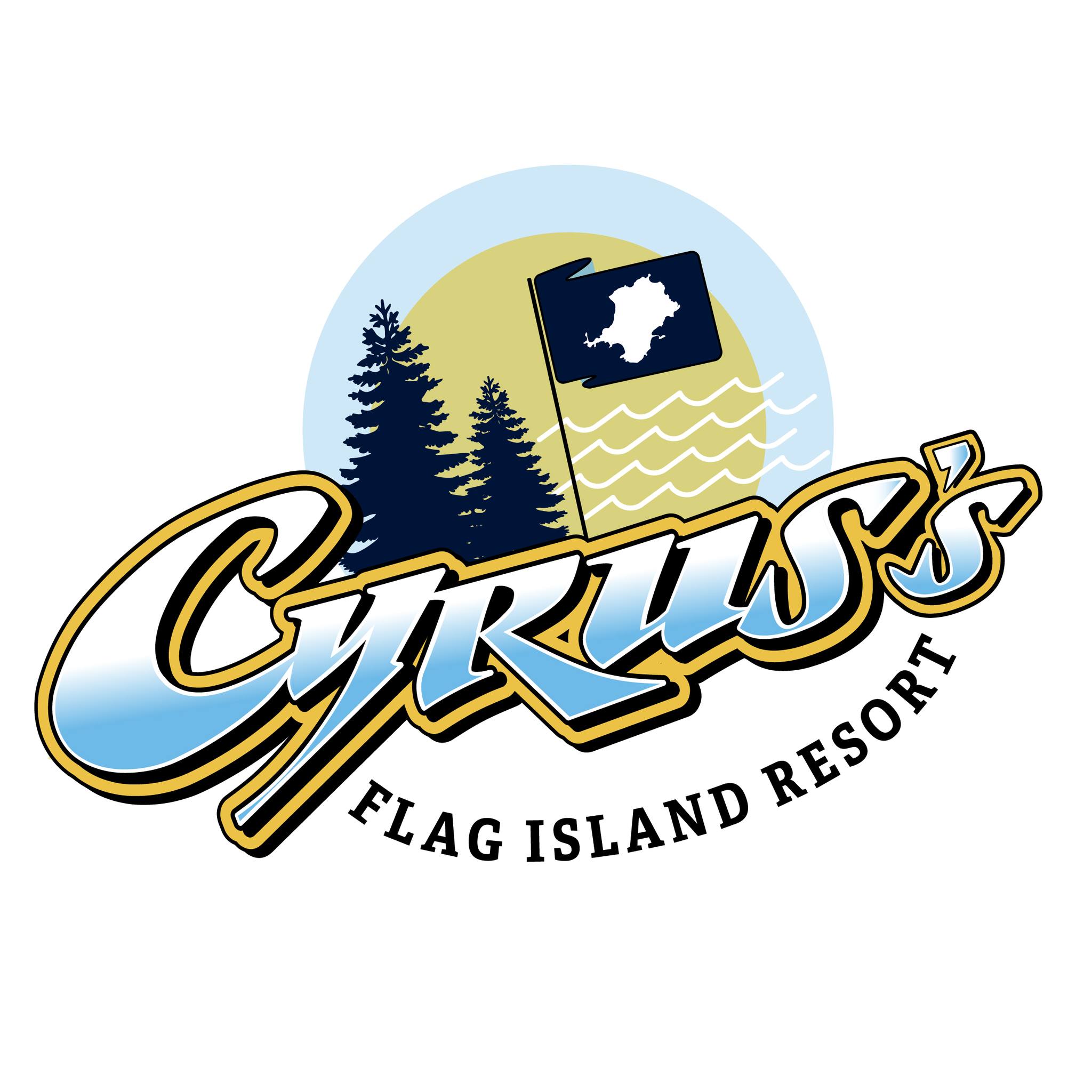Led by the remarkable sushi chef, Za. Originally hailing from Burma, Za brings over 15 years of expertise to his Bauduette sushi spot. His journey has taken him through some of the most prestigious kitchens in the world of sushi, working at a renowned major sushi company and mastering the delicate, intricate art of sushi making.
Za’s dedication to quality is unmatched. From meticulously selecting the freshest ingredients to presenting dishes that are as visually stunning as they are flavorful, each piece of sushi tells a story of passion, tradition, and innovation. His culinary vision blends the finest elements of healthy and delicious eating, incorporating nutritious ingredients into his sushi masterpieces that satisfy both the palate and the body.
Whether you’re a seasoned sushi enthusiast or simply curious to try something new, Grace Sushi promises a dining experience unlike any other in northern Minnesota. Located at 106 Main Ave in Baudette, Grace Sushi invites locals and visitors alike to embark on a flavorful journey guided by the talented hands of Chef Za.
Don’t miss the chance to savor a unique culinary experience right here in Baudette!











